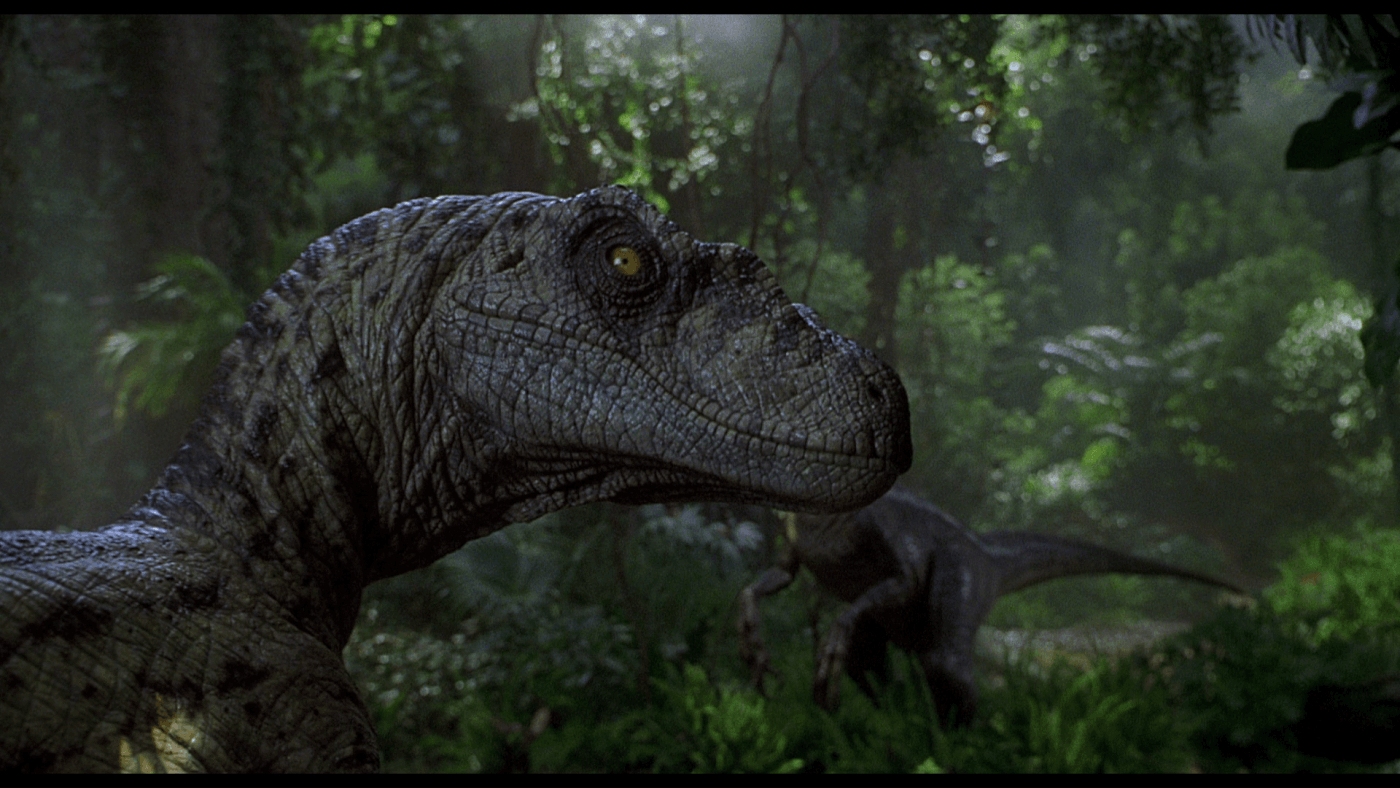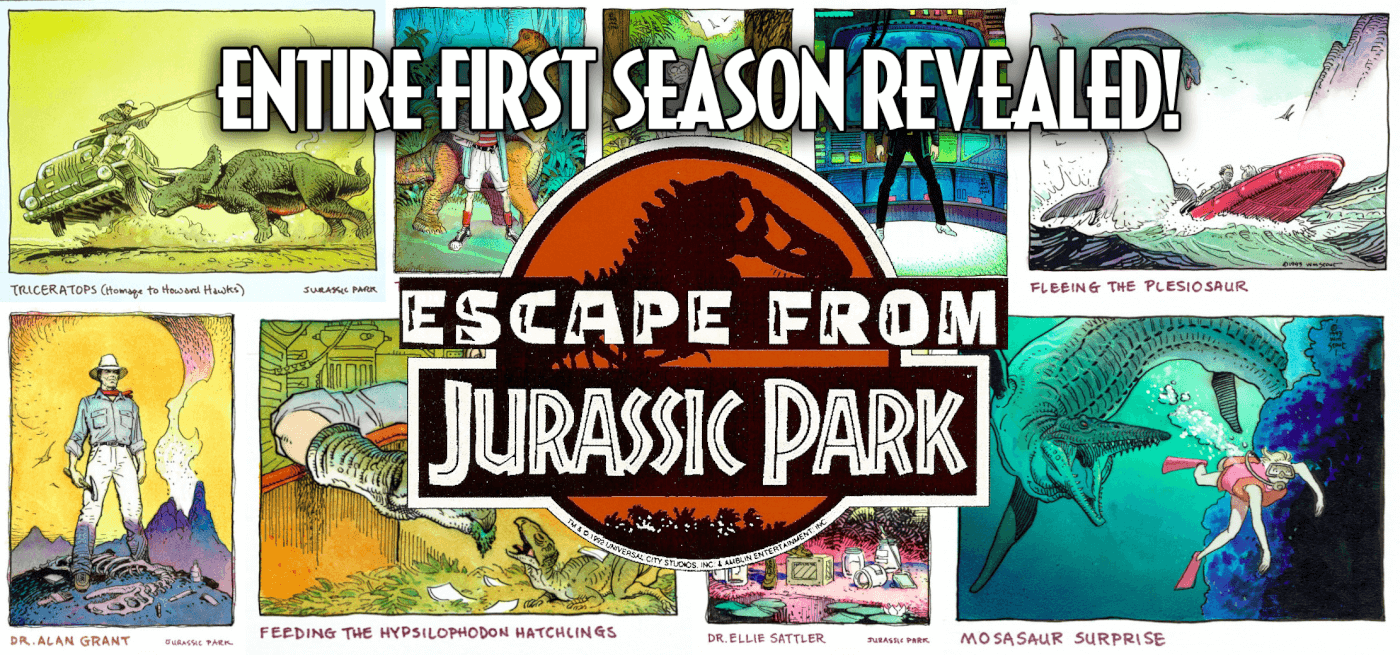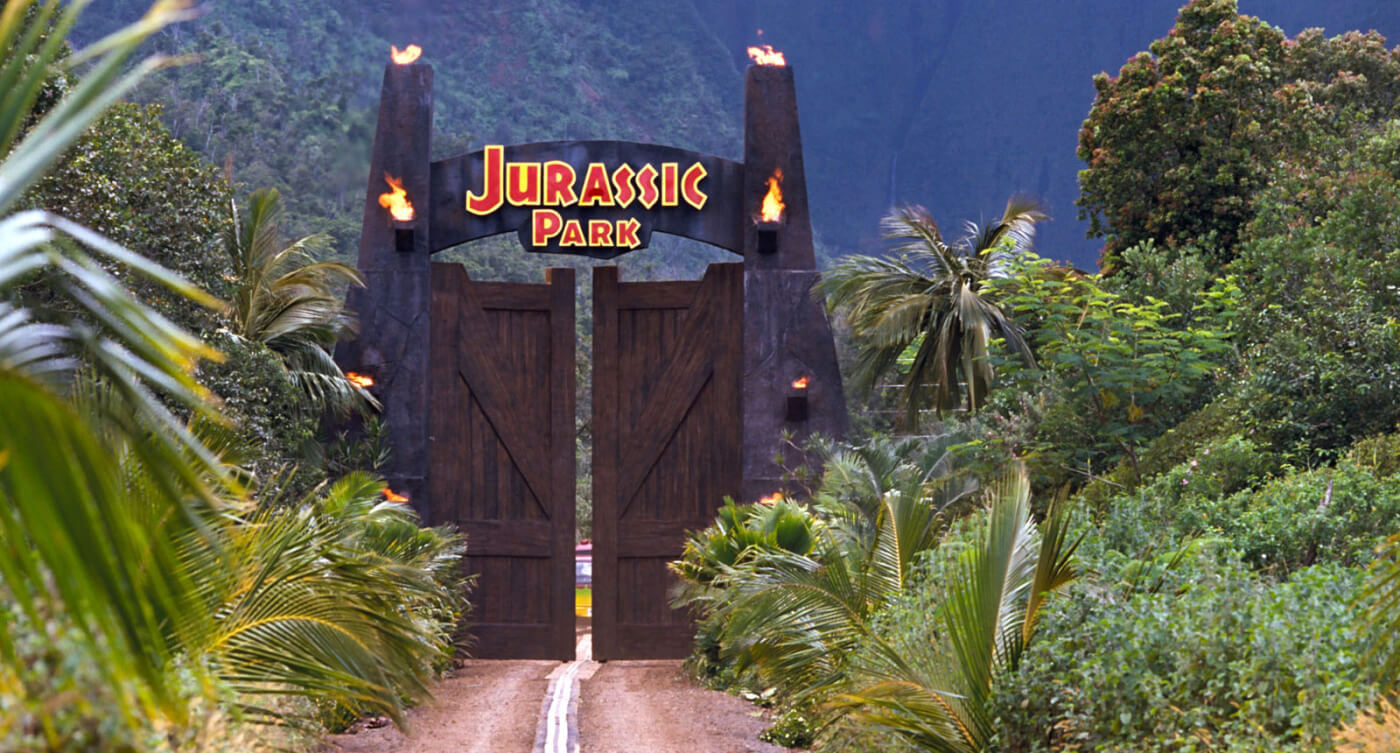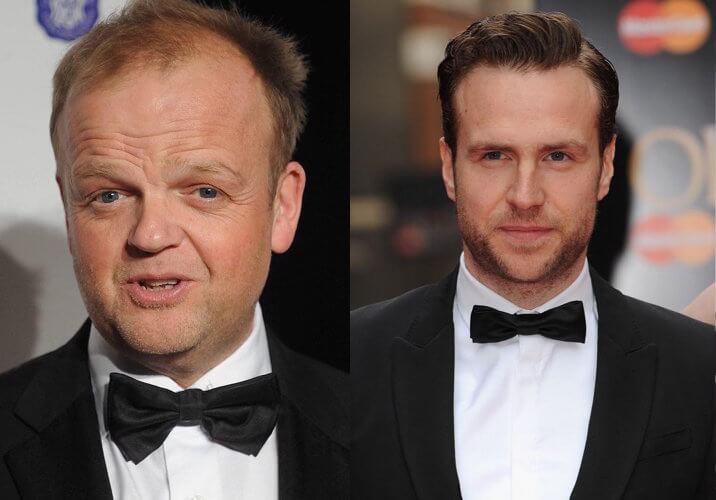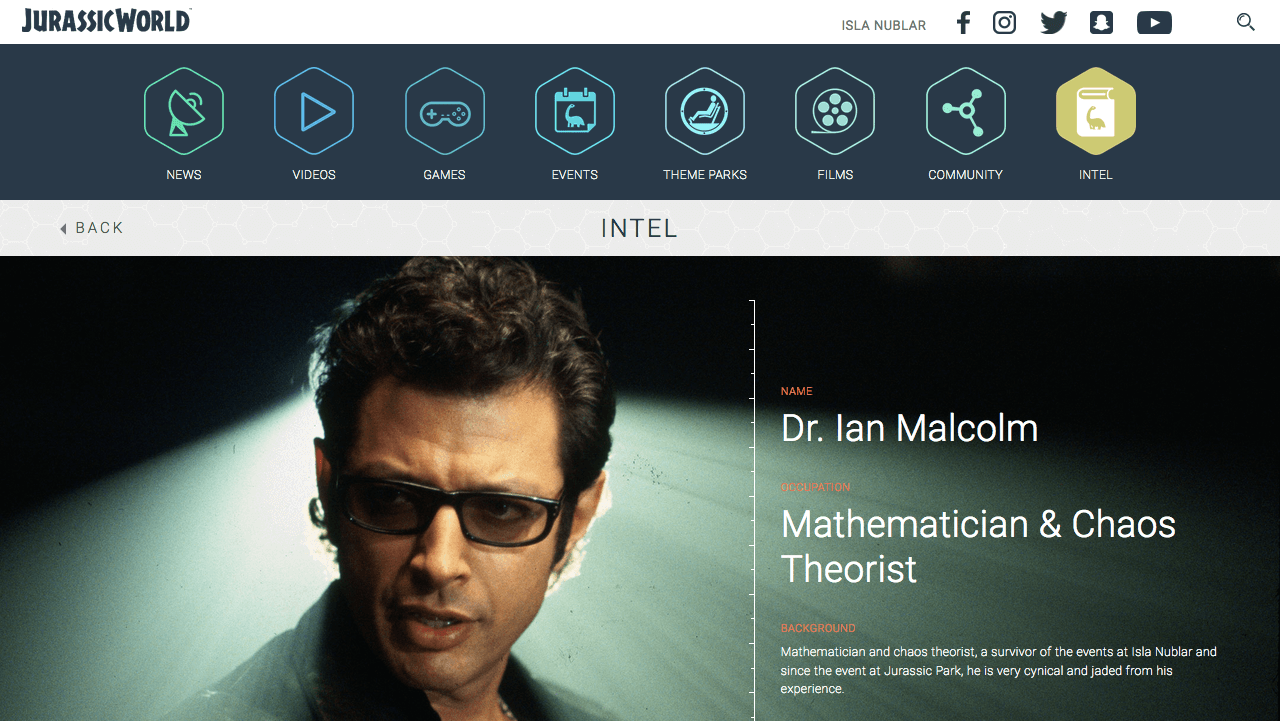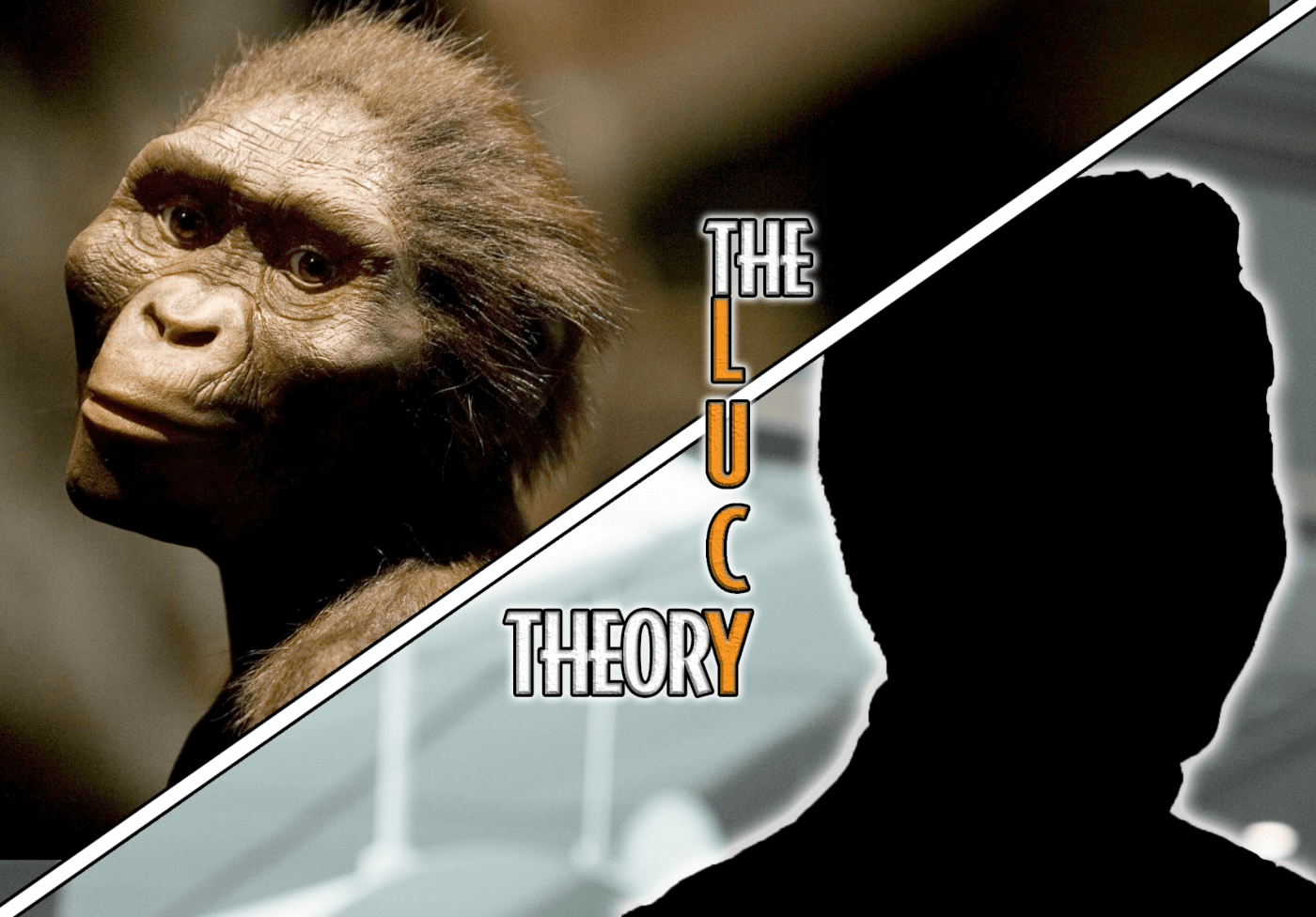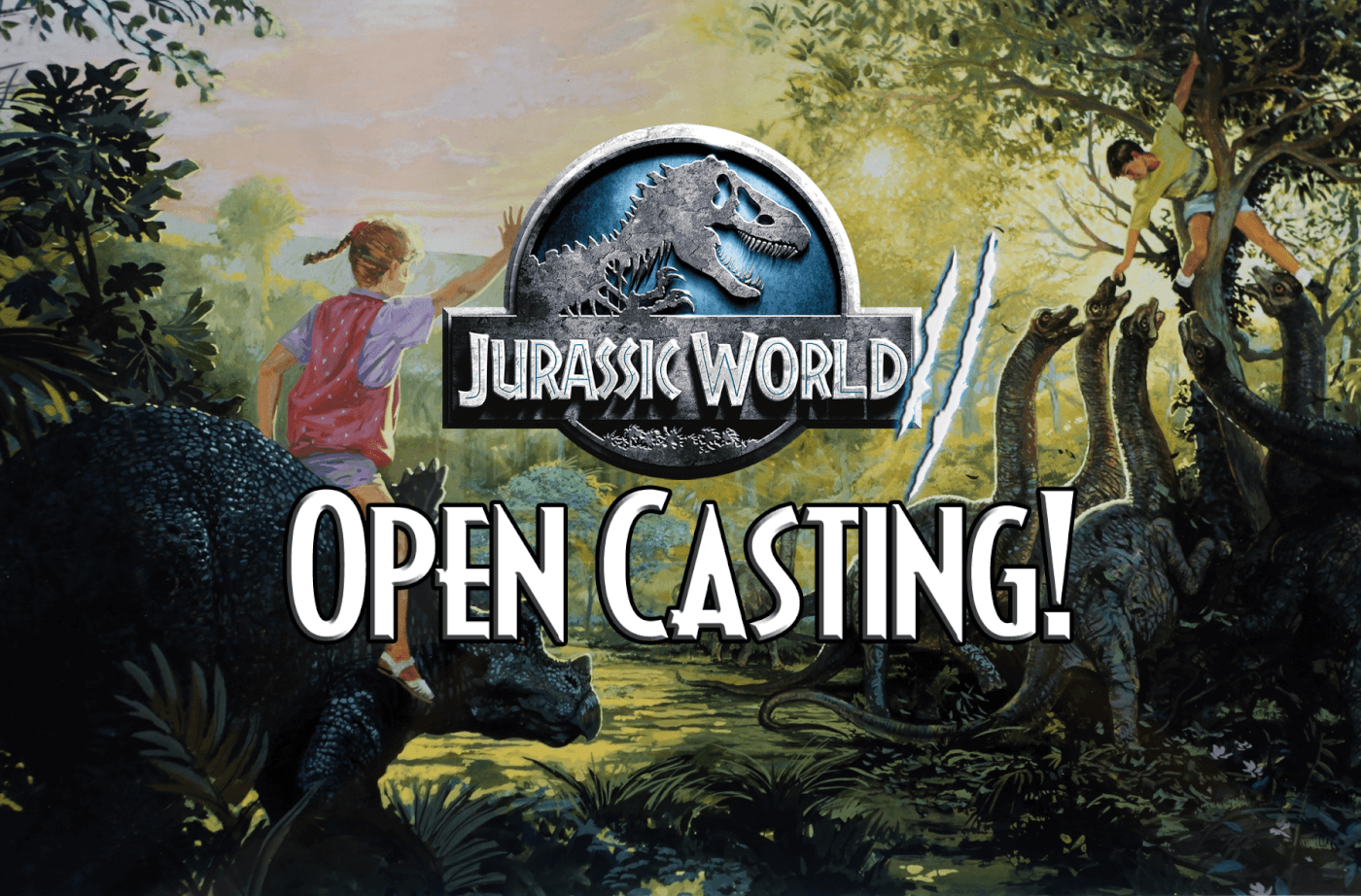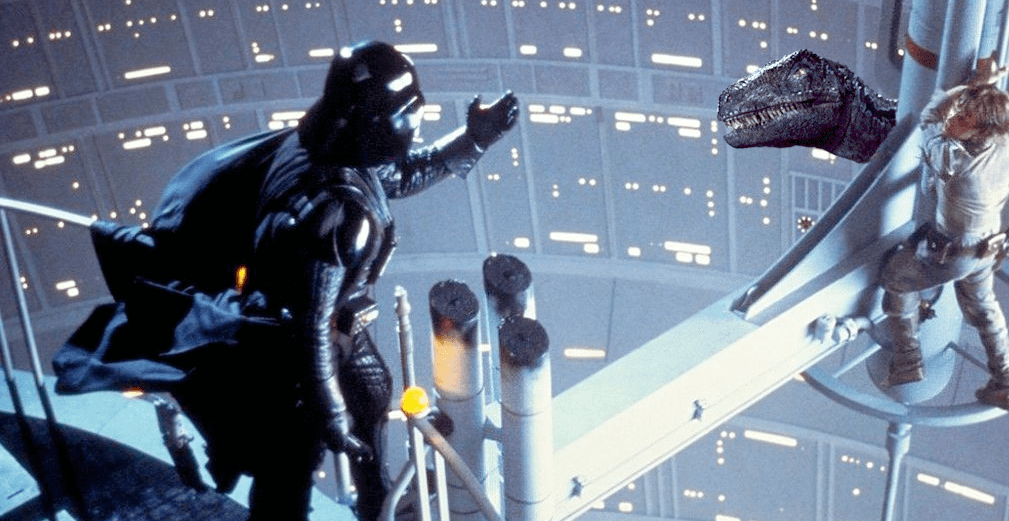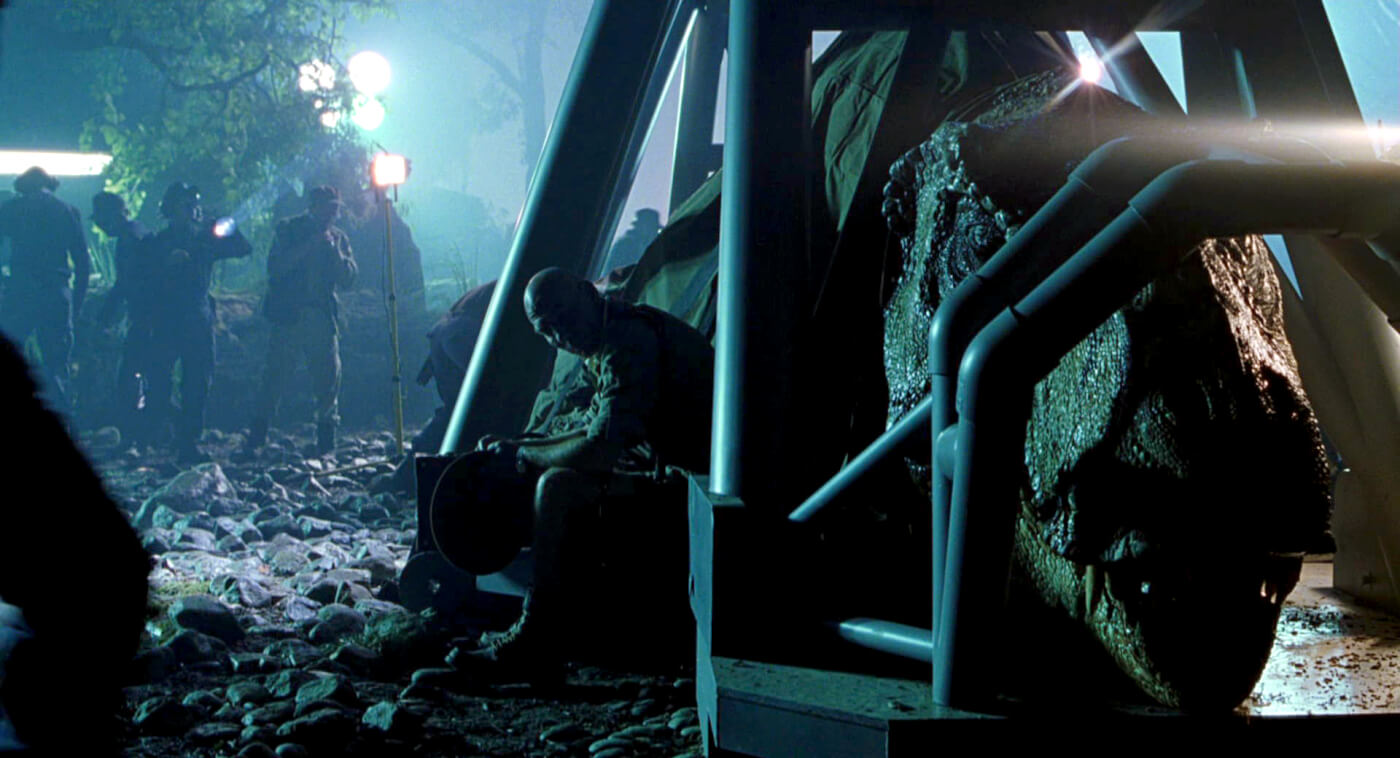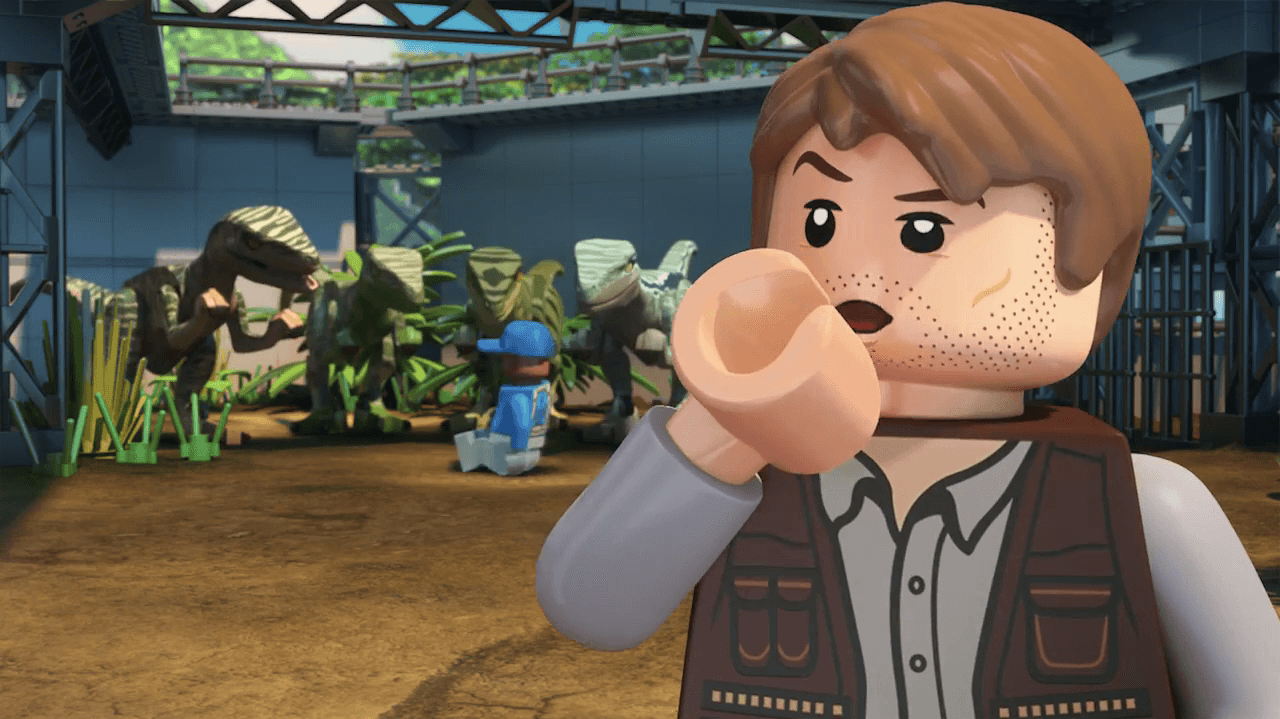Back in September Colin Trevorrow confirmed to us that the upcoming Jurassic World sequel would feature more animatronics than its predecessor. Jurassic World skewed noticeably CGI heavy, only utilizing an animatronic neck and head for the dying Apatosaurus. Now, speaking to The Hollywood Reporter J.A. Bayona elaborated on their upcoming plans and challenges:
“Obviously you don’t have real dinosaurs — sometimes you have people playing dinosaurs — but we love animatronics and we’re trying to do as much with them as possible, it’s complicated because the audience now is so used to seeing CGI that they’re sometimes reluctant towards animatronics. But at the same time, I think animatronics bring soul and reality to it. We’re trying to find the balance between animatronics and CGI in order to cheat the audience so they don’t know what they’re seeing.”
Unfortunately, the mention of audiences having a reluctance to accepting animatronics as ‘real’ on screen feels like pushback from the studio. It’s no secret those in charge of the business end have a tendency to prefer CGI over practical effects for numerous reasons – and they often seem to covince themselves it’s an artistic favor for the audience, when in reality it is not (for more on the challenges modern filmmakers face with utilizing practical effects, give our podcast with Matt Winston a listen). The Thing (2011) particularly made a name for itself when the studio forced to replace all its practical effects work with CGI.
The Jurassic Park franchise has always done an amazing job balancing its practical effects work against CGI, and the results show. The first Jurassic Park still holds up – namely with the practical effects, which look stunning and lifelike. Jurassic World is a strange film, visually. In terms of the technology, it is the best looking Jurassic film – however, the majority of its creatures are the worst looking in the franchise, coming off as cartoony and not grounded in reality. The major exception for this tends to be the Indominus Rex, who looked stunning in almost every scene, and had a sense of reality behind her animation. There is certainly nothing wrong with CGI when done right, and 90% it is done right and the audience doesn’t even realize what they’re seeing isn’t reality. However, when you can actually put something real on screen, it’s going to have a sense of reality that computer generated images do not.
Take the Tyrannosaurus Rex from Jurassic Park, and compare her to the Rex from World. Park outclasses her entirely, and while World’s CGI may be more advanced, it has almost no sense of reality behind it when compared to the orginal.


No audience is going to say that the top image from Jurassic Park looks less realistic than the bottom one from World. However, that’s not to say practical VFX are always the answer – I think the CGI compys in The Lost World look far better than the practical counterparts. Actually, I think the CGI Compys look ridiculously ahead of their time and more real than most creatures in World.
There is nothing wrong with animatronics/practical effects when used right – nor is there anything wrong with CGI. For some reason those in audience (and sometimes the industry) tend to lead a crusade against one or the other, which is certainly unnecessary as both are phenomenal artistic tools. But make no mistake, practical effects are the underdog currently. They’re more difficult to get right, take more planning and time, which tends to scare studios. However when they are done right they will almost always outclass CGI (unless we’re talking about real jaw droppers like Davy Jones from Pirates of the Caribbean.)

All I ask is that Universal listens to the artistic talent heading the franchise, and listens to the fans. Jurassic Park made a name for itself for cutting edge practical effects, and CGI. Take a note from Lucasfilm and Disney with the Star Wars franchise: embrace its history, its legacy, its identity. Let the franchise continue to be what made it special, and let it blow audiences away with what they see on screen.
Jurassic World may have visually faltered at times, but now that the franchise has proven itself in the box office, let it redefine cutting edge effects as it resurrects dinosaurs once more. Jurassic World 2 is in a position to usher in a new epoch of visual effects, and I hope it embraces its chance fully. I dare say fans would even embrace a delay if that is what it took to get realistic animatronic work in the film.
As always, sound off in the comments below and weigh in on the discussion, and check out our interview with Matt Winston below:
Source: The Hollywood Reporter
